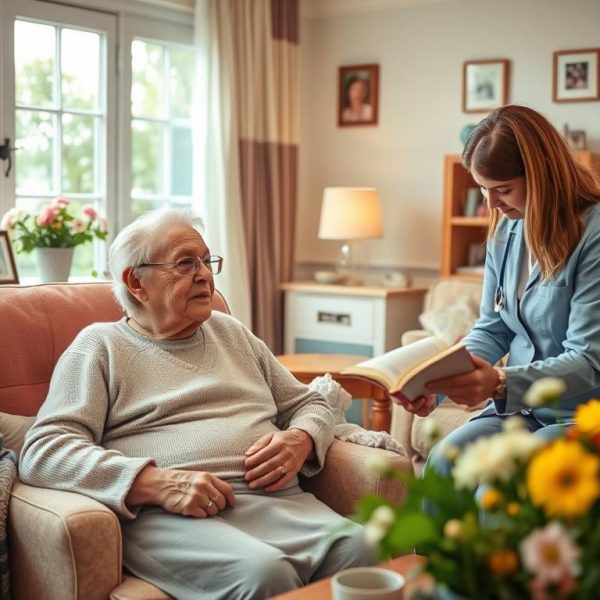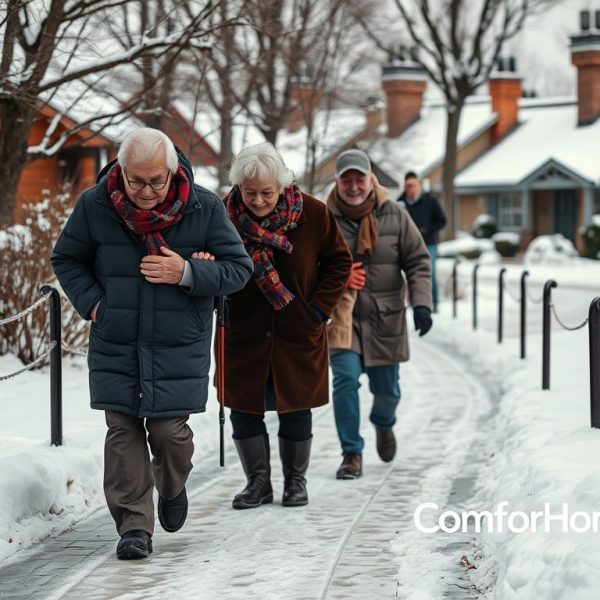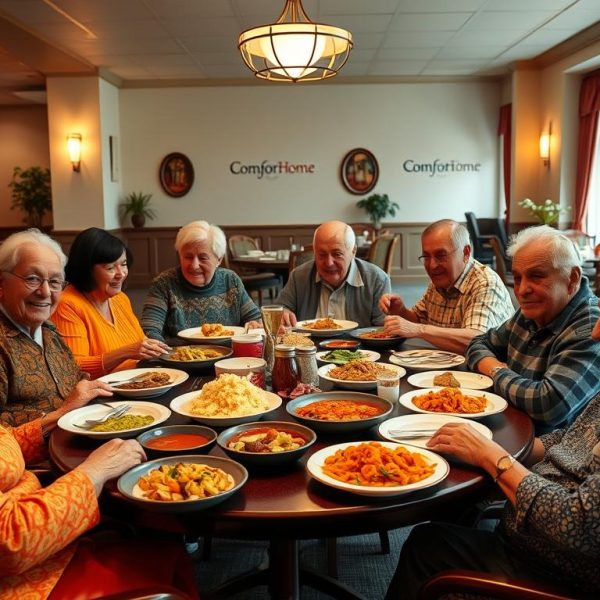Imagine you’re watching two marathon runners, one in their athletic prime and the other who has seen countless races but is now past their peak. Suddenly, both are asked to sprint. The younger runner bursts forward with speed and agility, while the older one takes a moment, adjusting to the sudden demand. This scenario mirrors what happens to our immune response as we age—it just doesn’t respond with the same swiftness it once did.
In this blog, we will explore why the immune system becomes slower and less efficient with age. But don’t worry—just like our older runner, there are ways to train and strengthen even an aging immune system. Think of this as a behind-the-scenes look into the biology of aging and how we can still win the race against time.
The Pain Point: A Slower Immune System in the Elderly
For many people, getting older means a longer recovery from illnesses or a higher likelihood of catching infections. You might notice Grandma taking longer to shake off a cold than she did when she was younger. This is because the aging process slows down the immune system’s superhero reflexes, leaving it a bit sluggish when faced with a threat.
As the candles on the birthday cake increase, the immune system doesn’t just get older—it also gets less coordinated. Understanding why this happens is the first step to finding ways to improve immune response time as we age. So, let’s dive into the science behind it.
Aging and the Immune System: A Tale of Two Defenders
Our immune system has two main components: the innate immune system and the adaptive immune system. These two systems work together to fend off harmful invaders, from bacteria to viruses.
The innate immune system is like a castle’s outer wall, designed to keep invaders out. It’s fast, responding within minutes to hours after a threat appears. It relies on cells like granulocytes, monocytes, macrophages, natural killer (NK) cells, and dendritic cells to identify and attack anything foreign.
On the other hand, the adaptive immune system is the specialized army within the castle walls. It remembers past invaders and mounts a precise attack. This system relies on B and T lymphocytes to target specific pathogens. The adaptive immune system takes longer to respond but is much more precise once it kicks in.
As we age, both these systems experience a decline in effectiveness, slowing down our overall immune response. To understand why this happens, we need to explore the changes each system undergoes.
Aging of the Innate Immune System: The First Line of Defense
Let’s start with the innate immune system, our body’s immediate response team. With age, this team of immune defenders begins to slow down.
Granulocytes: The Weakened Warriors
Granulocytes, especially neutrophils, are critical in fighting off bacterial infections. But as we age, these cells lose some of their phagocytic ability, meaning they can’t engulf and destroy invaders as efficiently. Imagine a guard who is slower to raise the alarm—the body becomes more vulnerable to infections.
Monocytes and Macrophages: Losing Strength
Monocytes are the precursors to macrophages, the cells responsible for engulfing and digesting pathogens. With age, the number of circulating monocytes decreases, and their ability to move toward infection sites becomes impaired. Similarly, macrophages become less efficient, leaving older adults with a weaker immune response.
Natural Killer (NK) Cells: Less Vigor in the Fight
NK cells are like the body’s frontline soldiers, attacking virus-infected and cancerous cells. Unfortunately, aging causes these cells to lose their vigor. Their ability to kill infected cells decreases, leaving the body more susceptible to both infections and cancer.
Dendritic Cells: Struggling to Activate the Troops
Dendritic cells (DCs) are the generals of the immune system, responsible for identifying threats and directing the adaptive immune system’s response. As we age, the number and functionality of dendritic cells decline, leading to a weakened ability to activate T cells, which further impacts the immune response.
These changes in the innate immune system make it slower and less effective. But the story doesn’t end there—the adaptive immune system also undergoes significant changes with age.
Aging of the Adaptive Immune System: The Specialist’s Slowdown
The adaptive immune system may be slower to act than the innate system, but it’s highly specialized and remembers past invaders. However, aging impacts its precision and efficiency.
B Lymphocytes: Reduced Antibody Production
B cells are responsible for producing antibodies, the proteins that neutralize specific pathogens. In older adults, B cells become less responsive, and the diversity of antibodies they produce decreases. This means the immune system may struggle to recognize and respond to new threats, making infections more likely.
T Lymphocytes: Impaired Memory and Function
T cells play a crucial role in both killing infected cells and helping B cells produce antibodies. With age, T cell function declines. The thymus, an organ responsible for producing T cells, shrinks over time, leading to fewer new T cells being produced. This leaves the body with a limited pool of immune memory, reducing the ability to respond effectively to new or reoccurring infections.
Molecular Mechanisms Behind Immune Aging: The Clock Keeps Ticking
At the cellular level, aging brings about several key changes that contribute to the decline in immune function. These include:
- Thymic Involution: The thymus shrinks with age, leading to reduced T cell production.
- Oxidative Stress: Cells accumulate damage from free radicals over time, impairing their function.
- Inflammaging: Chronic, low-level inflammation that increases with age, weakening immune responses.
- Telomere Attrition: The shortening of telomeres (the protective caps on DNA) with each cell division, limiting the ability of immune cells to divide and function properly.
These changes collectively contribute to what is known as immune senescence, the gradual decline of the immune system as we age.
Fighting Back: Strategies to Boost Immune Response in Aging
While aging naturally slows the immune system, there are several promising interventions to help restore immune function.
Caloric Restriction
Studies have shown that reducing calorie intake without malnutrition can slow down aging-related decline in immune function. Caloric restriction helps improve the maintenance of immune cells and reduces inflammation.
Cytokines and Growth Factors
Certain cytokines (immune signaling molecules) and growth factors can help boost immune responses in older adults. These molecules can stimulate the production and function of immune cells, improving overall immune health.
Immunotherapy
In some cases, immunotherapy can help restore or enhance immune responses in older adults, especially in the context of cancer or chronic infections. These therapies aim to retrain the immune system to recognize and attack harmful cells more effectively.
Antioxidants and Proteostasis
Supporting the body’s natural defense against oxidative stress through antioxidants and improving proteostasis (the maintenance of proteins within cells) can also help preserve immune function.
Conclusion: Aging Gracefully with a Strong Immune System
Aging might slow down the immune system, but it doesn’t have to be a losing battle. By understanding the changes that occur in both the innate and adaptive immune systems, we can take steps to strengthen our body’s defenses as we age.
From adopting healthier eating habits and practicing caloric restriction to exploring cutting-edge treatments like immunotherapy, there are ways to keep your immune warriors strong. The journey through time doesn’t have to leave you vulnerable—instead, you can walk it with a fortified defense system, ready to take on whatever comes your way.
So, while the immune system may slow down with age, with the right knowledge and tools, you can still be the marathon runner who finishes strong, even when faced with a sprint.








